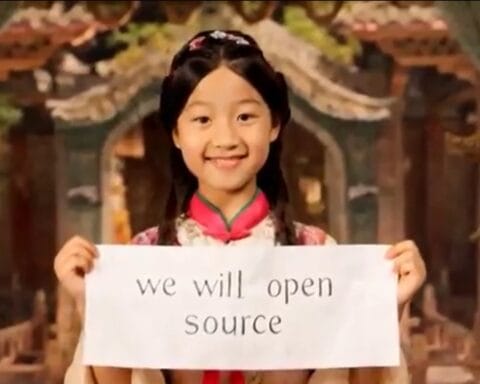Last Updated on August 12, 2024 7:02 am by Laszlo Szabo / NowadAIs | Published on August 12, 2024 by Juhasz “the Mage” Gabor
- Catona’s groundbreaking climate finance model poised to meet growing demand for high-quality nature-based carbon removals caused by AI energy surge
- Catona developed solution that enables companies of all sizes leveraging AI to seamlessly address unavoidable emissions via Catona-sourced carbon removals
LOS ANGELES, Aug. 11, 2024 — Catona Climate, a global climate finance company, has developed a solution that embeds carbon removal directly into artificial intelligence (AI) infrastructure, expanding the accessibility of its climate finance model and enabling businesses around the world to seamlessly mitigate the climate effects of AI’s energy usage with high-quality carbon removal credits.
AI holds great promise in terms of its transformative potential for climate action across many sectors — including energy, transportation, healthcare, agriculture, and forest management. AI can help track emissions with unprecedented detail, and enable early detection and warning systems for natural disasters. Catona Climate is harnessing AI to process massive datasets of bioacoustic information to help track the effects of an agroforestry project on local biodiversity. Catona is also exploring how current efforts to measure above-ground biomass and vegetation vigor with satellite imagery could be bolstered by AI and machine learning. By some estimates, scaling AI technologies could help mitigate 5-10% of global greenhouse gas emissions by 2030, representing up to one fifth IPCC’s 2030 interim reduction target for the world to achieve net zero by 2050.
But AI also represents a significant climate risk, most notably in relation to the carbon-intensive amounts of computing power data centers require to run it — a risk that must be addressed head on. AI’s sudden growth is leading tech companies at the heart of the boom to adjust emissions forecasts that feed into their net-zero pathways, raising demand for high-quality carbon removals.
Catona Climate’s groundbreaking carbon financing model can help meet that demand and address the impact of AI’s surging energy consumption. Leveraging its expertise and proven track record successfully collaborating with large tech companies, Catona will help other companies investing in AI lock in the high-quality credits they’ll need in the coming years with flexible forward offtake agreements. Additionally, these agreements create strong demand signals, which raise investor confidence driving critical capital toward the chronically underfunded nature-based carbon projects.
Now, Catona is working with upstream digital infrastructure companies to give more businesses access to the same high-quality carbon removals available through the forward offtake model. Catona’s new solution integrates climate action into underlying AI architecture and automatically addresses residual emissions with high-quality credits. Companies of all sizes will now be able to access the same carbon removal credits available to large, sophisticated enterprise buyers, providing an automated and scalable solution to mitigate the unavoidable emissions driven by AI.
According to a recent report from Goldman Sachs, AI training and applications could drive data center power demand to grow 160% by 2030, raising the amount of data center power usage to upwards of 4% of overall global energy consumption by the end of the decade. Innovative and proven solutions developed by companies like Catona will be critical to drive billions of dollars towards high integrity carbon removal and ensure AI’s beneficial potential can be realized with minimal detriment to climate.
“Our challenge over the coming years will be to harness the power of AI for good while mitigating as best we can its negative climate effects,” said Catona Climate CEO Tate Mill. “Catona is uniquely positioned to help mitigate the effects of AI’s inevitable energy surge by working with leaders in the AI space to scale high-quality carbon removal projects. But we need to go beyond forward offtake agreements and – in parallel to innovating around how we accelerate global decarbonization efforts – deploy more creative, accessible, automated climate solutions that embed carbon removal upstream into the fastest-growing, hardest-to-abate supply chains and technologies – including AI.”
About Catona Climate
Catona Climate is a climate finance company that delivers high-quality carbon solutions to businesses everywhere, helping transform climate pledges into measurable action through rigorously vetted high-impact nature-based carbon projects around the world. Guided by an unwavering commitment to the planet, Catona Climate exists to combat the climate crisis by driving capital to nature and enabling a fair and equitable transition to a net-zero future. Catona Climate is a member of the Business Alliance to Scale Climate Solutions, IETA and other critical industry groups dedicated to accelerating climate action. For more information, visit Catona.com.
Media Contacts
press@catona.com
Catona Investor Relations
investors@catona.com
SOURCE Catona Climate











